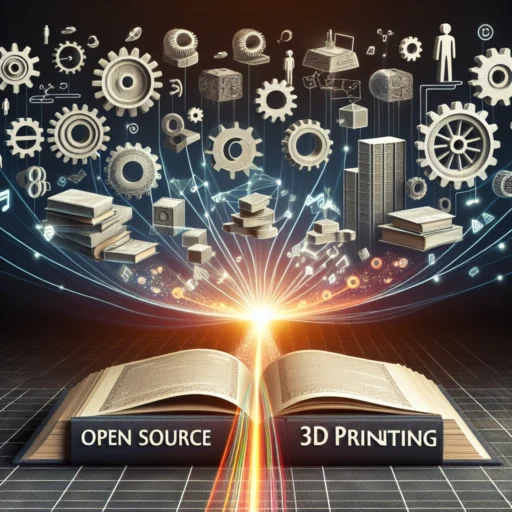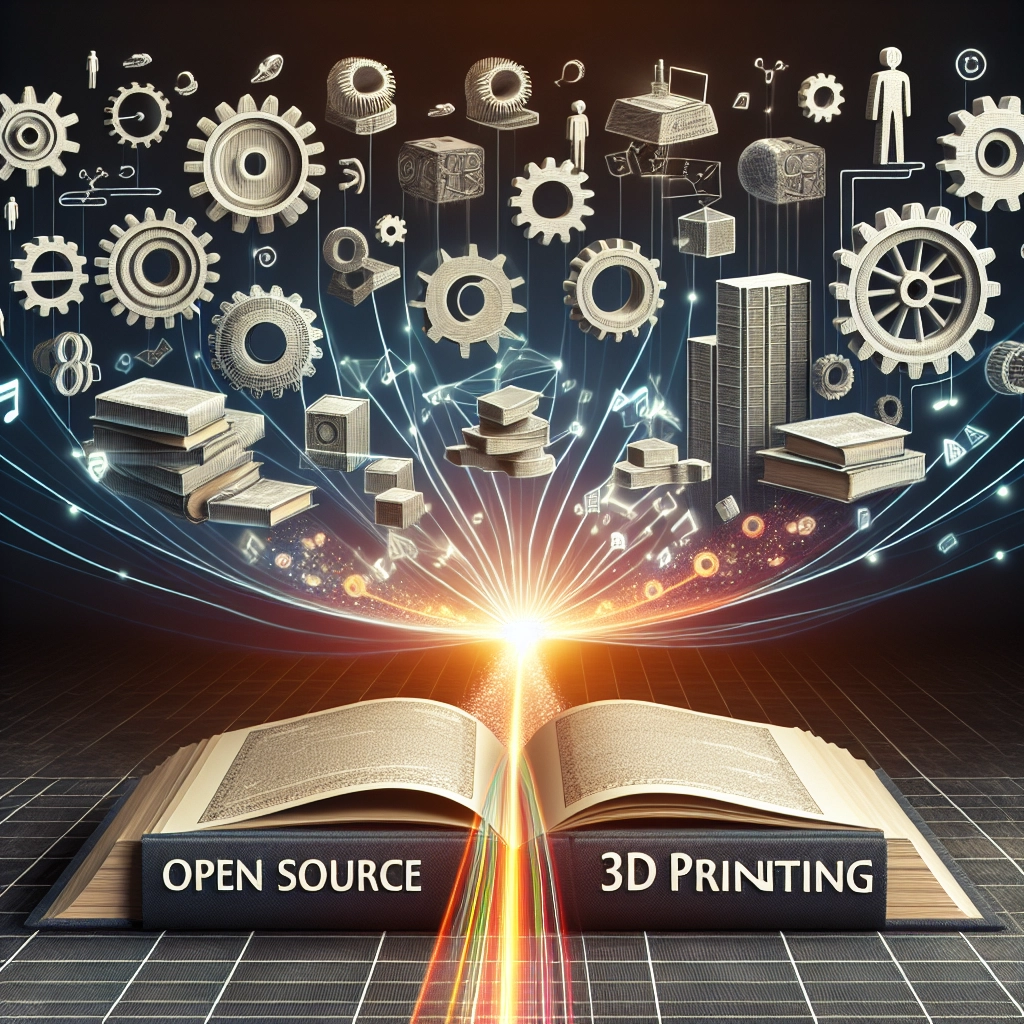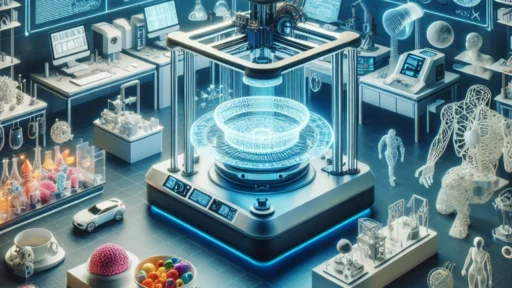The Role of Open Source in 3D Printing Development
3D printing has completely transformed how we think about manufacturing and design. It’s given life to creativity in ways we never thought possible, from rapid prototyping to creating entire buildings layer by layer. One of the most powerful forces driving this innovation is the open source movement. Let’s dive into how open source has become a game-changer in 3D printing development.
1. Making Technology Accessible
One of the most significant impacts of open source in 3D printing is democratizing access to technology. Traditionally, 3D printers were expensive and only available to large companies or professional designers. However, the availability of open source designs, software, and firmware has made it possible for hobbyists and entrepreneurs alike to build and customize their printers at a fraction of the cost.
Platforms like Thingiverse, GitHub, and Instructables allow users to share their designs and modifications freely. Whether you’re looking to print a replacement part for your coffee maker or design an intricate model of a dragon, open source resources are available to help you bring your ideas to life without breaking the bank.
2. Fostering Collaboration
Open source thrives on collaboration, bringing together people from different backgrounds and expertise. This collaborative environment is essential in the 3D printing community. Designers, engineers, and enthusiasts share their knowledge, resulting in innovative designs and improvements to existing technology.
Take, for instance, the development of 3D printing materials. Open source projects have enabled researchers and hobbyists to experiment with new filament types, such as bio-based or recycled materials. This collaborative effort leads to sustainable practices and helps reduce waste, making the 3D printing industry more environmentally friendly.
3. Accelerating Innovation
Innovation moves at lightning speed in open source communities. When anyone can contribute to a project, it leads to a diverse range of ideas and solutions. As users modify and improve upon existing designs, the rate of advancement accelerates. This is especially apparent in printer firmware and software, where open source solutions like Marlin and PrusaSlicer continue to evolve thanks to countless contributors.
This rapid pace of innovation isn’t just exciting; it also means that users can access the latest advancements faster than ever. If a new printing technique is developed or a bug is discovered, the community can quickly implement solutions and share updates, keeping everyone on the cutting edge of technology.
4. Nurturing a Community and Support Network
The open source model fosters a strong sense of community, where individuals can learn from one another and share successes and failures alike. Online forums and social media groups are vibrant with discussions about troubleshooting, design challenges, and the latest trends in 3D printing.
For newcomers, having a support network is invaluable. Whether you need advice on the best printer for your needs or tips on adjusting print settings, there’s usually someone willing to lend a hand. This sense of camaraderie not only enhances the user experience but also helps cultivate the next generation of 3D printing enthusiasts.
5. Encouraging Customization
One of the coolest aspects of 3D printing is the ability to create customized items that fit your unique needs. Open source technology supports this by allowing users to modify existing models or create completely new designs. For instance, if you have specific ergonomic requirements for a tool, you can adapt an open source model to fit your hands perfectly.
This customization extends beyond personal use; businesses can tailor products to meet customer demands without incurring massive costs. Printing bespoke items on demand can reduce inventory costs and increase customer satisfaction, allowing businesses to thrive in a competitive market.
A Bright Future Ahead
As we look to the future, the role of open source in 3D printing development appears more crucial than ever. With a commitment to collaboration, shared knowledge, and rapid innovation, the open source movement will continue to push the boundaries of what is possible. Whether you’re a seasoned professional or just starting your 3D printing journey, embracing open source can open up a world of opportunities.
The combination of creativity and community spirit within the open-source realm is not just about technological advancements; it’s about empowering individuals to bring their visions to life. As more people across the globe get involved, imagine the exciting possibilities on the horizon—one layer at a time!






